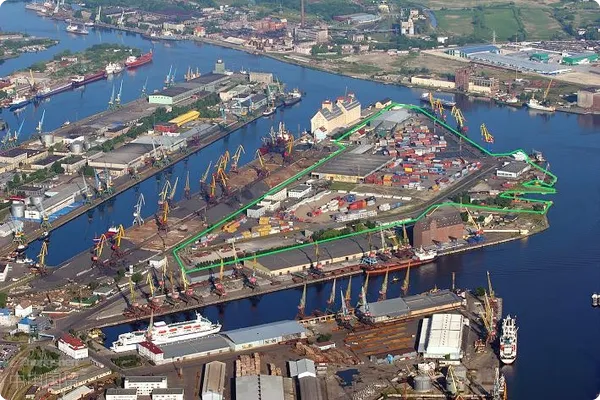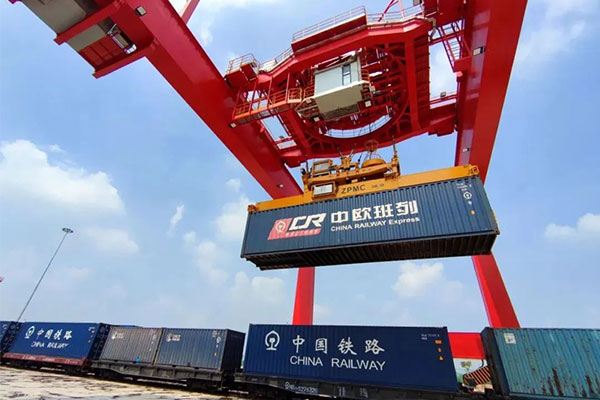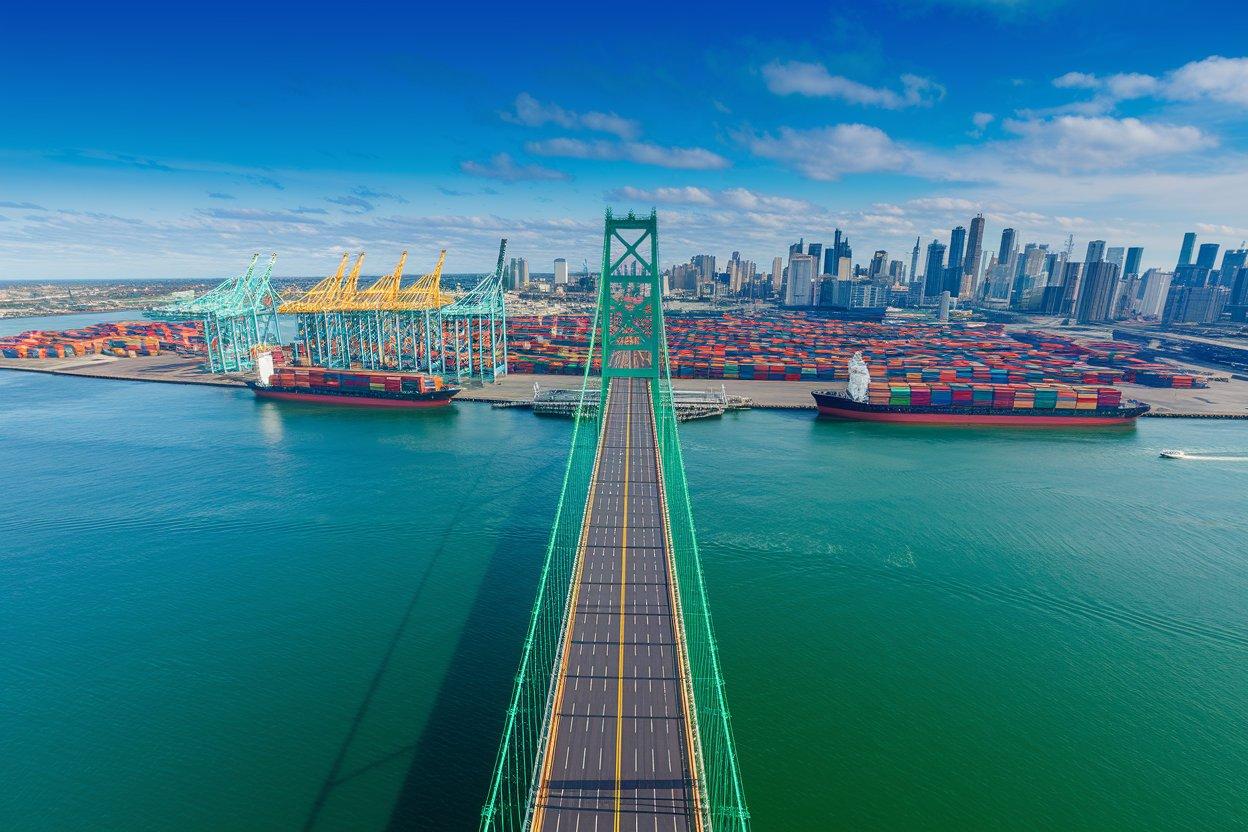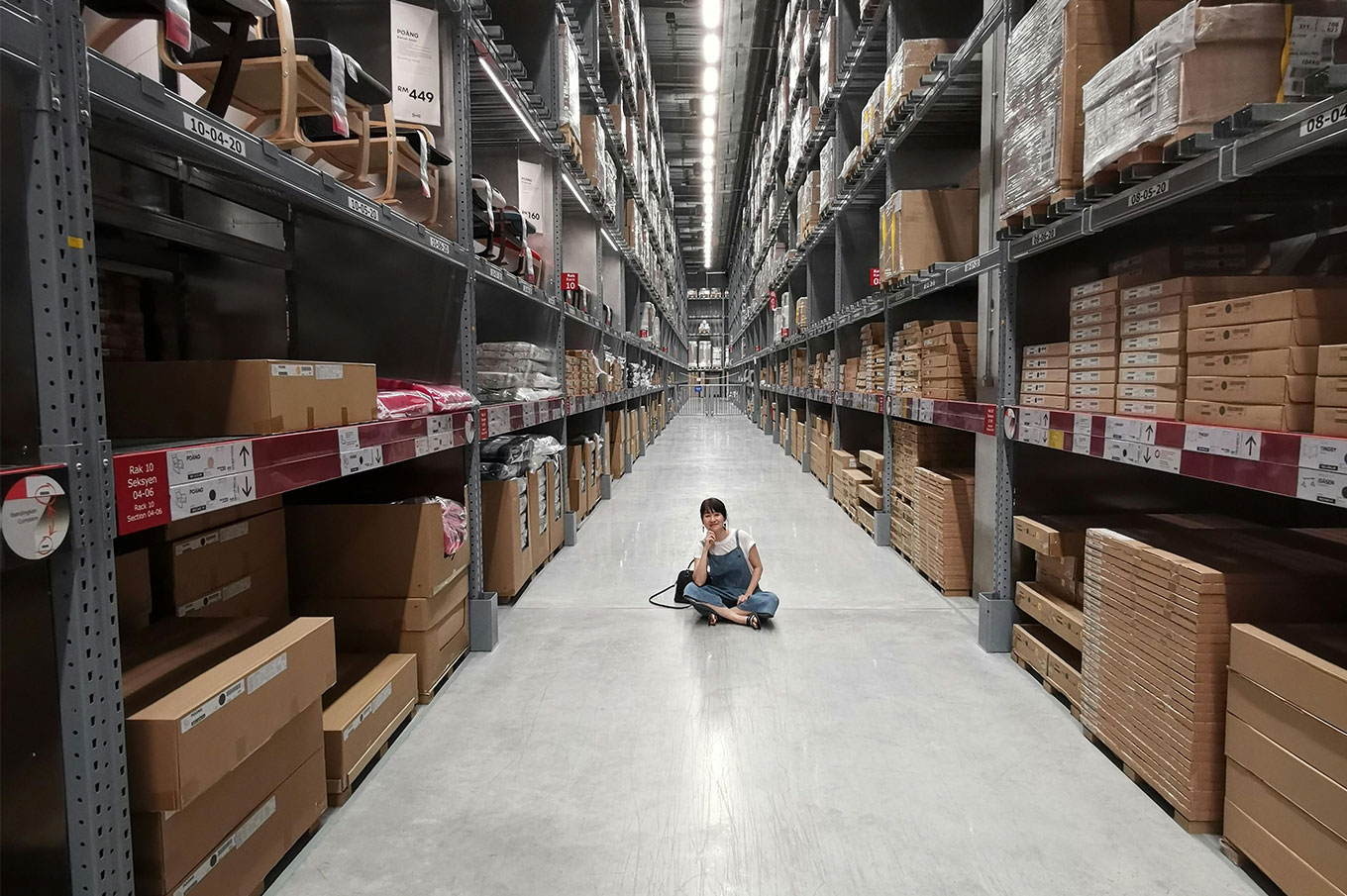- Shanghai Zhongshen International Trade Co., Ltd. - Two decades of trade agency expertise.
- Service Hotline: 139 1787 2118

With the increasing popularity of Christmas in Russia, the export market for Christmas lights has gradually attracted attention.Compulsory certificationThe price of Christmas lights is affected by a variety of intertwined factors. Lets discuss them in detail below.
I. The Foundation of Price Construction by Cost Factors
Raw Material Costs
The main raw materials for Christmas lighting include bulbs, wires, plastic or metal frames, etc. For instance, high-quality LED bulbs, whose price fluctuations directly affect the overall cost of Christmas lighting. If there is a global shortage of LED chips leading to price increases, the cost of Christmas lighting using such bulbs will inevitably rise. For products exported to Russia, manufacturers must ensure that the quality of raw materials complies with relevant Russian standards, which may require the use of higher-quality and potentially more expensive materials.
– The material of the metal frame, such as stainless steel or aluminum alloy, is influenced by the international metal market. If metal prices rise, the cost of the Christmas light frame increases, leading to a higher factory price for the product.
Production Costs
- Labor costs are a significant component of production costs. In major Christmas lighting manufacturing countries like China, changes in wage levels can impact product prices. If the local minimum wage increases or intense competition in the labor market forces companies to offer higher salaries and benefits to attract workers, the labor costs for producing Christmas lights will rise.
- The depreciation and maintenance costs of production equipment should not be overlooked. Modern production equipment can enhance both production efficiency and product quality, but the purchase price of such equipment is high, and its depreciation costs as well as daily maintenance expenses will be allocated to each Christmas light fixture produced.
Transportation Costs
- The transportation distance from the producing country to Russia is relatively long, and the main modes of transportation includeMaritime TransportationII. The Dynamic Adjustment of Price by Market Demand and Competition
Market Demand
- The scale of Christmas celebrations in Russia is expanding year by year, and the demand for Christmas lights is also increasing. During the peak demand season, such as November and December approaching Christmas, the market demand is strong, and suppliers may appropriately increase prices. Moreover, the demand characteristics of Christmas lights in different regions of Russia also vary. For example, big cities such as Moscow and St. Petersburg may have a greater demand for novel - styled and highly decorative Christmas lights, and the prices of such products will be relatively high.
- The scale of Christmas celebrations in Russia is expanding year by year, and the demand for Christmas lighting is also increasing. During peak demand seasons, such as November and December leading up to Christmas, market demand surges, and suppliers may appropriately raise prices. Additionally, the demand characteristics for Christmas lighting vary across different regions of Russia. For example, major cities like Moscow and St. Petersburg may have a greater demand for Christmas lights with novel designs and high-end decorative features, and the prices for such products tend to be relatively higher.
– Russian consumers are increasingly paying attention to environmentally friendly and energy-saving Christmas lighting. If exported Christmas lights can meet these demands—such as being made from recyclable materials or featuring low-energy LED bulbs—there may be some room for price premiums.
- In the international market, many countries and regions are exporting Christmas lights to Russia. Asian countries such as China, Vietnam, and India are the main export competitors. China has a certain price advantage due to its large - scale production and relatively complete industrial chain, but it also faces competition from other countries in some niche markets. For example, Vietnam may attract Russian consumers with its low labor costs and unique designs in some hand - made characteristic Christmas lights. This competitive pressure will prompt each exporting country to adjust its price strategy to obtain more market share.
– In the international market, multiple countries and regions are exporting Christmas lighting products to Russia. Asian nations such as China, Vietnam, and India are the primary export competitors. China holds a certain price advantage due to its large-scale production and relatively well-developed industrial chain, but it also faces competition from other countries in certain niche markets. For instance, Vietnam may attract Russian consumers with lower labor costs and unique designs in some handcrafted specialty Christmas lighting products. This competitive pressure drives exporting countries to adjust their pricing strategies to capture a larger market share.
III. External Influences of Policies and Exchange Rates on Prices
Trade Policies
– Russia's import tariff policy has a direct impact on the price of Christmas lighting. If Russia raises import tariffs, exporters may choose to increase prices to maintain profit margins. Additionally, Russia's product quality standards and certification requirements can also affect costs. For example, Christmas lights exported to Russia must comply with its electrical safety standards, and obtaining the necessary certifications may require additional expenses, which will also be reflected in the product price.
Exchange Rate Fluctuations
– For export transactions settled in foreign currencies such as USD or EUR, exchange rate fluctuations are crucial. If the domestic currency appreciates against the USD, the price of Christmas lighting fixtures exported to Russia, when denominated in USD, will relatively decrease, which helps enhance product competitiveness. Conversely, if the domestic currency depreciates, export prices may rise, exerting certain pressure on export operations.
In conclusion, the price of Christmas lighting fixtures exported to Russia is a complex economic phenomenon, comprehensively influenced by various factors such as costs, market demand and competition, policies, and exchange rates. Exporters need to closely monitor changes in these factors and formulate reasonable pricing strategies to succeed in the promising Christmas lighting fixture market in Russia.
Related Recommendations
? 2025. All Rights Reserved. Shanghai ICP No. 2023007705-2  PSB Record: Shanghai No.31011502009912
PSB Record: Shanghai No.31011502009912










